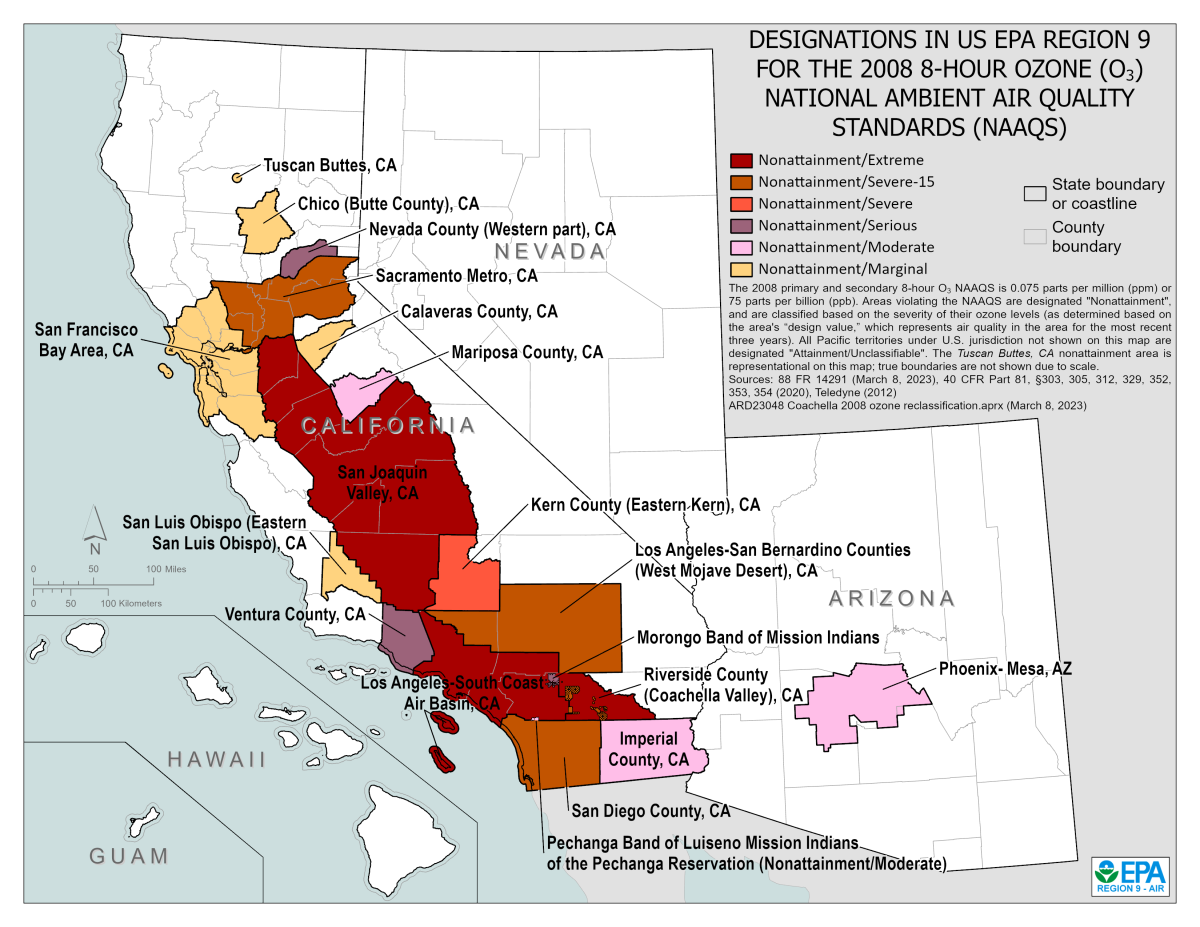California has long stood at the forefront of air quality and climate action in the United States, establishing some of the most stringent environmental policies in the world. These mandates have not only shaped vehicle emissions standards for decades but have now become the primary engine driving the rapid adoption of zero-emission vehicles (ZEVs) — across passenger, commercial, and especially heavy-duty sectors. Hydrogen fuel cell electric trucks (FCETs) have emerged as a key solution in California’s strategy to achieve deep decarbonization while addressing persistent air quality disparities in frontline communities.
Air Quality as a Foundational Driver
The foundation of California’s ZEV market lies in its commitment to public health. State agencies, led by the California Air Resources Board (CARB), have documented for decades the disproportionate pollution burden borne by communities near freight corridors, railyards, ports, and industrial centers; topping the list are Southern California’s South Coast Air Basin and the San Joaquin Valley. In these regions, heavy-duty diesel trucks are among the largest contributors to localized smog-forming pollutants (NOₓ) and toxic diesel particulate matter (PM), both of which are directly linked to respiratory illness, cardiovascular disease, and cancer.
This enduring public health imperative has shaped a policy framework that does not treat zero-emission technology as optional, but as a necessity for compliance with federal and state air quality standards. Many regions in California are still in nonattainment with federal ozone and particulate matter limits under the Clean Air Act. Thus, California treats ZEV adoption as not just a climate solution, but a regulatory necessity.
